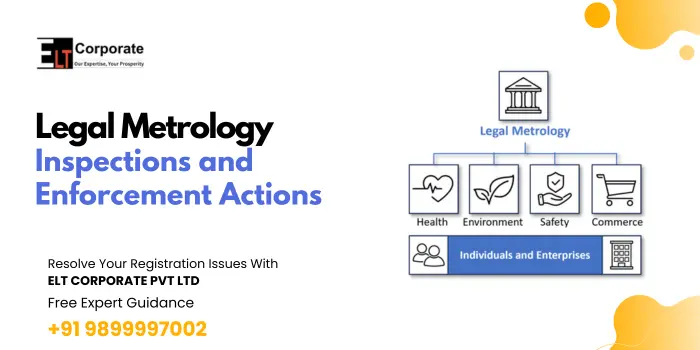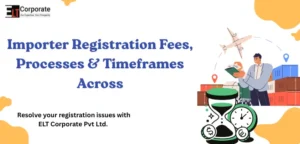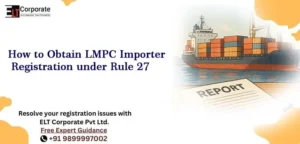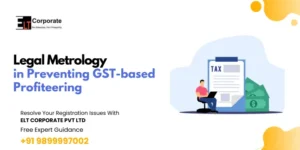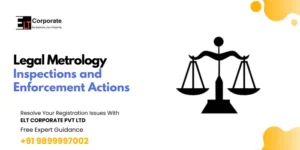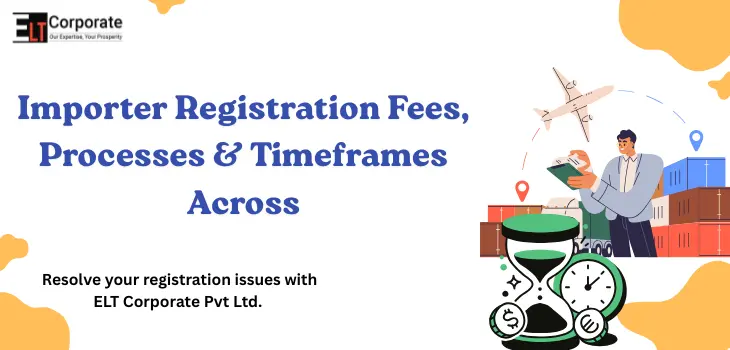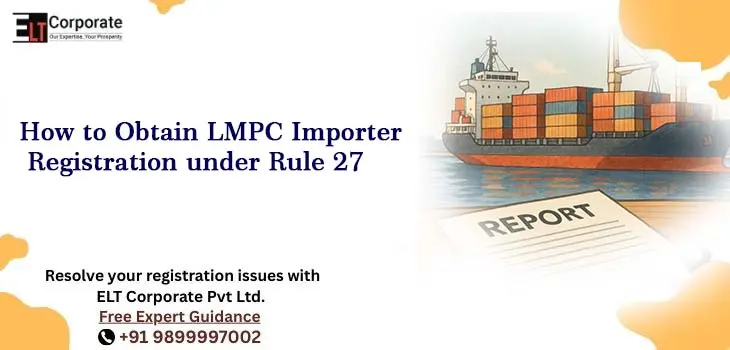Legal Metrology Inspections are government checks that ensure measuring instruments, packaged goods, and trade measures are accurate, correctly labelled and fair to consumers. Over the last few years, India has witnessed significant changes in how inspections are conducted and enforcement actions are taken — including the increased use of digital tools, larger-scale inspection drives, stricter packaging and labelling checks, and faster penalties for violations. These trends aim to protect consumers while also improving the ease of doing business for honest traders.
What Are Legal Metrology Inspections In India?
Legal Metrology Inspections are on-site checks by authorised officers to verify that weights, measures and packaged commodities comply with the Legal Metrology Act, 2009 and the Legal Metrology (Packaged Commodities) Rules, 2011. Inspectors check instruments (scales, fuel pumps, petrol dispensing units, weighbridges), packaged goods for correct declarations (net quantity, MRP, manufacturer), and licences/verification certificates. They may seize non-compliant goods, impose fines, or initiate prosecution depending on the severity.
Why Are Legal Metrology Inspections And Enforcement Actions Important For Businesses?
Inspections and enforcement keep markets fair. For businesses, they:
- Protect reputation – compliance builds buyer trust.
- Reduce disputes – correct weights/labels means fewer buyer complaints.
- Avoid penalties – timely compliance prevents fines or product seizures.
- Enable market access – many buyers and platforms demand proof of compliance.
In short, inspections are not just a burden; they protect honest traders and level the playing field.
What Government Bodies Conduct Legal Metrology Inspections And Enforcement In India?
Primary authorities:
- Central Government (Department of Consumer Affairs) – frames policy, national rules and guidance.
- State Legal Metrology Departments / Controllers – carry out day-to-day inspections, issue licences and take enforcement actions locally.
- Specialised agencies (e.g., Food Safety or Transport departments) may act jointly for specific products (fuel, packaged food).
The central office issues model rules and states implement and enforce them.
How Are Legal Metrology Inspections Carried Out By Authorities?
Inspections are done through:
- Routine checks at shops, markets, petrol pumps and factories.
- Surprise raids and targeted campaigns (festivals, peak sale seasons).
- Document audits (verifying licences, verification stamps, calibration certificates).
- Sampling of packaged commodities for lab testing.
- Joint drives with other departments (consumer affairs, food, police).
Inspectors use checklists based on the Act/Rules; violations lead to notices, fines, or seizure depending on seriousness. Recent practice increasingly uses geo-tagging and electronic records to improve transparency.
What Are The Common Areas Checked During Legal Metrology Inspections?
Common checks include:
- Weighing & measuring instruments: calibration stamps, accuracy certificates, and sealing.
- Fuel dispensers: calibration, nozzles, sales volume accuracy.
- Packaged goods: correct net quantity declaration, MRP, manufacturer/packer details, barcode/lot info.
- Display of prices (shop fronts) and correct measurement practices in retail.
- Licences & registrations (dealer licences, repairer licences where applicable).
What Recent Trends Have Emerged In Legal Metrology Inspections In India?
Recent trends include:
- Digitalisation — online registration, e-inspection records, and portals to file complaints.
- Targeted nationwide drives — festival/seasonal inspections and fuel pump sweeps reported across states.
- Data-driven enforcement — use of complaint data and sales patterns to focus inspections.
- Relaxation and rationalisation of some procedural rules (the government has introduced reforms to ease compliance while safeguarding consumers).
- Greater public awareness campaigns and coordination with consumer helplines.
These trends aim to make inspections more efficient, fair and technology-enabled.
How Have Enforcement Actions Under Legal Metrology Laws Changed In Recent Years?
Enforcement has become more proactive and visible:
- Higher number of surprise inspections and drives in retail, fuel stations and marketplaces.
- Faster imposition of penalties and public reporting of violations to deter repeat offences.
- Alternative dispute resolution and reduced fines in some states to balance enforcement with ease of doing business.
Overall, the approach is moving from occasional checks to continuous monitoring and structured enforcement.
What Penalties Or Actions Are Taken After Non-Compliance Is Found In Legal Metrology Inspections?
Depending on severity, authorities may:
- Issue warnings or improvement notices for minor breaches.
- Impose fines (amount varies by state and nature of violation).
- Seize non-conforming goods or equipment (e.g., faulty scales).
- Suspend or cancel the licences of traders or manufacturers for serious or repeated violations.
- Initiate prosecution under the Legal Metrology Act for deliberate fraud.
Penalties aim to correct behaviour and deter cheating; states publish enforcement stats and take tougher action for repeat offenders.
How Do Legal Metrology Inspections Affect Manufacturers, Importers, And E-Commerce Sellers?
- Manufacturers must ensure packaged commodities meet net quantity and labelling rules, maintain calibration and batch traceability. Inspections may target production lines and packaging processes.
- Importers need correct declarations, Certificates of Conformity and must ensure imported instruments have appropriate calibration and marking.
- E-commerce sellers face checks for product listings showing correct net quantity, MRP, and accurate measures; marketplaces increasingly require seller declarations and compliance certificates.
Non-compliance can block sales, trigger recalls, and damage brand reputation.
What Role Does Technology Play In Modern Legal Metrology Inspections And Enforcement Actions?
Technology is central:
- Online portals for licence applications, verification scheduling and complaint registration (reduces paperwork).
- Mobile apps and geo-tagging for inspectors to record visits, evidence and location.
- Digital calibration records and QR/code checks on packages for instant verification.
- Data analytics to prioritise high-risk traders and areas for inspections.
These tools speed up enforcement, increase transparency and reduce room for manual error or corruption.
How Do Legal Metrology Inspections Align With Consumer Protection In India?
Legal Metrology is a key consumer protection mechanism – accurate weights and clear labels protect buyers from short-measures and hidden charges. Inspections reduce fraud, ensure pricing transparency (MRP enforcement), and help resolve consumer grievances through prosecutions or compensation where needed. The Legal Metrology Act sits under the Department of Consumer Affairs, linking inspections directly to consumer welfare.
What Challenges Do Businesses Face During Legal Metrology Inspections And Enforcement Actions?
Common business challenges:
- Complexity of rules across states and product types; multiple registrations to maintain.
- Frequent inspections lead to operational disruption.
- The cost of calibration and certification for many small traders.
- Differing interpretations of rules by local inspectors.
- Delays in lab testing or disputes over sampling methods.
Smaller traders especially feel the compliance burden; governments are considering simplifications to reduce unnecessary costs.
How Can Businesses Prepare For Legal Metrology Inspections To Avoid Penalties?
Practical steps:
- Maintain updated licences and IEC/ registrations as required.
- Keep calibration certificates and verification stamps current for all weighing/measuring instruments.
- Follow packing and labelling rules exactly (net quantity, MRP, manufacturer details, date).
- Train staff on correct weighing, marking and price display.
- Use accredited labs for product testing and retain records for audits.
- Adopt digital records for easy sharing with inspectors.
Proactive compliance reduces risk and builds buyer confidence.
What Global Trends Are Influencing Legal Metrology Inspections And Enforcement In India?
Global influences include:
- Shift to risk-based inspections (target high-risk sectors).
- International standards for measurement and calibration (OIML guidelines).
- Digital traceability and UDI-like systems for better recall management.
- Harmonisation of labelling and packaging norms to facilitate trade.
India’s reforms and tech adoption reflect these global best practices.
What Is The Future Outlook Of Legal Metrology Inspections and enforcement actions in India?
Expect:
- More digitalisation and single-window services for registrations and compliance.
- Better data analytics to target inspections and reduce random checks.
- Greater coordination among departments (legal metrology, food, consumer affairs) for joint drives.
- Focus on ease of doing business while protecting consumers — rules may be simplified or made more flexible in some areas.
Overall, inspections will become smarter, faster and more transparent — with emphasis on protecting consumers and supporting compliant businesses.
Do Small Shopkeepers Need To Get Their Weighing Scales Verified Regularly?
Yes, all commercial weighing & measuring instruments must be verified and stamped periodically as per state rules.
Can A Consumer File A Complaint If They Suspect Short Weight Or Wrong MRP?
Yes, consumers can complain to the local Legal Metrology department or National Consumer Helpline; many states also have online complaint portals.

